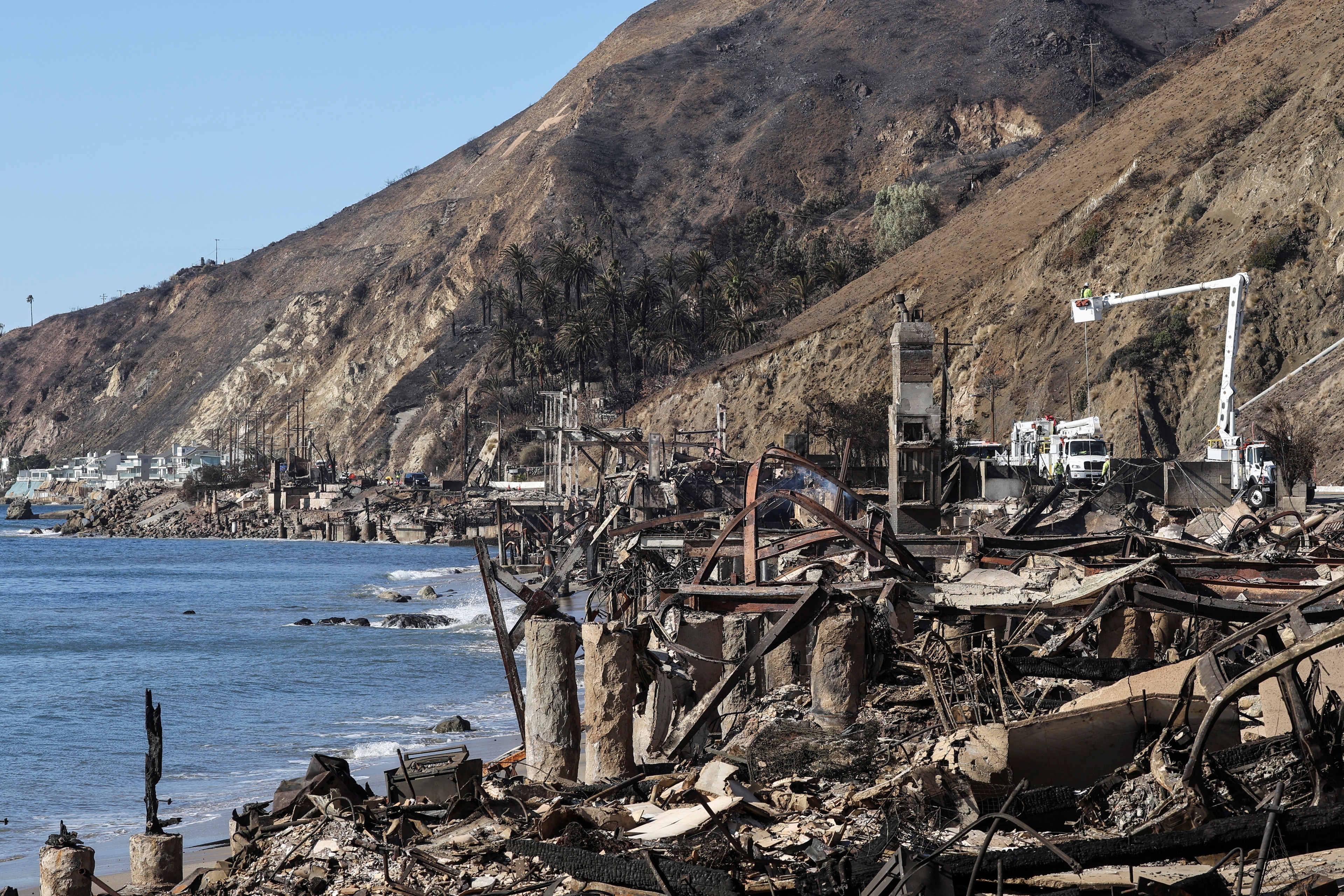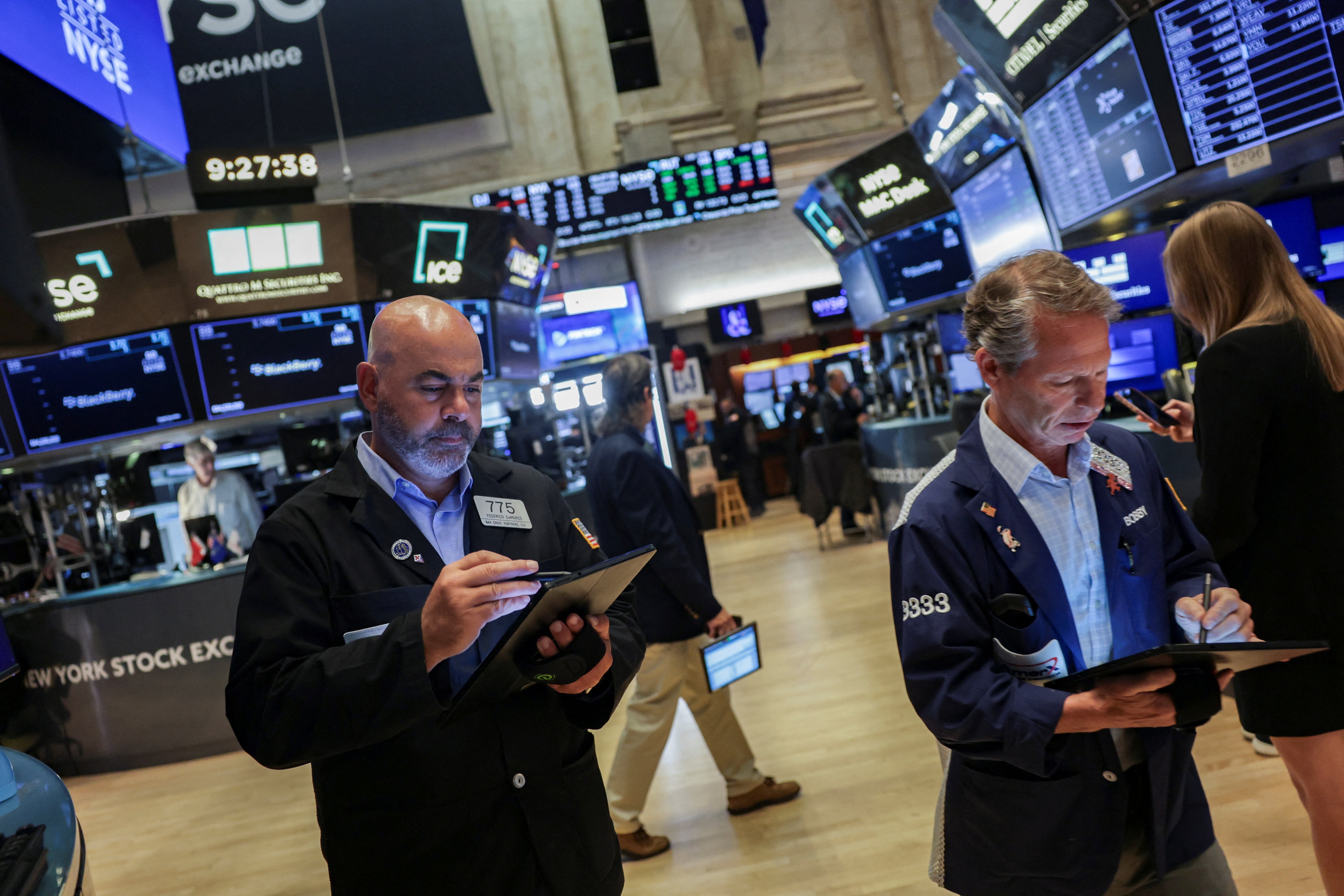What is a bank run? And why does confidence matter for a bank?

Bank runs occur when a bank faces a loss of confidence, sparking many customers to withdraw their deposits.
Image: Unsplash/etiennemartin
Stay up to date:
Financial and Monetary Systems
Listen to the article
- Bank runs occur when a bank faces a loss of confidence, sparking many customers to withdraw their deposits.
- Massive withdrawals happening simultaneously put the bank’s existence at risk.
- This creates fears and contagion can spread from one institution to another, undermining the banking system as a whole.
- Businesses and consumers around the world are generally better protected from bank failures now, compared with the financial crisis of 2008, due to stricter legislation.
- Even so, not all of the rules apply to smaller banks and some portions of the legislation have been rolled back.
Confidence is defined as the belief that you can have faith in, or rely on, something.
The opposite – the feeling that something cannot be relied upon – can quickly take hold and spread, leading to nerves and jitters, even if they are unfounded.
It’s these two elusive forces that are at work when we talk about a bank run.
Bank runs, the financial system, and confidence are in the headlines after US officials stepped in to protect depositors at two American banks: Silicon Valley Bank of Santa Clara, California, and Signature Bank of New York.
The collapse of Silicon Valley is the second-largest bank failure in US history, with contagion quickly spreading to other bank stocks, and high tensions prompting US President Joe Biden to make a public statement to reassure people across the nation that their money was safe.
The fact the President of the United States felt the need to step in underscores how high the stakes are. So what is a bank run? And why do perceived issues at one institution often have knock-on effects for others?
The answer lies in confidence and trust.
When everything’s going well, you have confidence in your bank, everything is fine and there’s nothing to worry about. Take away just a little of that – perhaps you see a tweet that your bank might be in difficulty or a news report that it’s been amassing bad assets – and you risk a loss of trust in the whole financial system.
Accept our marketing cookies to access this content.
These cookies are currently disabled in your browser.
If you lose confidence, you’re very likely to want to take your money out. And if you’re feeling that way, it’s very likely that others are too. That upends the whole system, which relies upon not everyone needing all of their money at exactly the same time.
Fear quickly spreads from one bank to another, and one person to another, and soon enough, queues to withdraw money – whether in person or online – build up, compounding the issue and putting the entire system under pressure. The bank might not have enough reserves to cover everyone’s withdrawals.
That’s what happened on 9 March, when Silicon Valley Bank – a lender that specialized in banking services for technology companies – faced withdrawals of $42 billion and was left with a negative cash balance.
In this case, the loss of confidence was spurred by the bank announcing a loss of around $1.8 billion from a sale of investments, including US treasuries and mortgage-backed securities – assets it needed to offload in the face of higher interest rates.
Accept our marketing cookies to access this content.
These cookies are currently disabled in your browser.
To stop the contagion spreading across the banking system, the Treasury department, Federal Reserve, and Federal Deposit Insurance Corporation took control of the assets at SVB and at Signature Bank, a bank with a lot of crypto exposure. They also put out a joint statement guaranteeing all deposits, but stressing that no losses would be borne by the taxpayer.
“Americans can have confidence that the banking system is safe,” Biden said. “Your deposits will be there when you need them.”
Small businesses could breathe easy, he said, knowing they can pay their bills and their employees.
How is the World Economic Forum ensuring sustainable global markets?
Bank runs hit the headlines during the financial crisis of the late 2000s, as pictures of people waiting in line outside branches of UK-based Northern Rock were beamed around the world. And these losses of confidence in the financial system date back to the 1900s – with the 1907 banking panic and the Great Depression of the 1930s. More recently, runs were seen during the Argentine economic crisis and the 2003 Myanmar banking crisis.
Turmoil and contagion can be compounded by a difficult economic backdrop. Banks, businesses and consumers are currently grappling with a complicated landscape and uncertain outlook, as highlighted in the World Economic Forum’s January 2023 Chief Economists Outlook, which cited “challenges of historic proportions”.

Businesses and consumers around the world are generally better protected from bank failures now, compared with the financial crisis of 2008, because of wide-ranging legislation that came into force in the wake of that turmoil. Even so, not all of the rules apply to smaller banks – which includes SVB — and some portions of the legislation have been rolled back.
In the wake of this turmoil, Biden said he would ask Congress to reexamine the rules for banks.
“We must reduce the risk of this happening again,” the President said. “Americans can rest assured: your banking system is safe.”
Accept our marketing cookies to access this content.
These cookies are currently disabled in your browser.
Don't miss any update on this topic
Create a free account and access your personalized content collection with our latest publications and analyses.
License and Republishing
World Economic Forum articles may be republished in accordance with the Creative Commons Attribution-NonCommercial-NoDerivatives 4.0 International Public License, and in accordance with our Terms of Use.
The views expressed in this article are those of the author alone and not the World Economic Forum.
Related topics:
Forum Stories newsletter
Bringing you weekly curated insights and analysis on the global issues that matter.
More on Financial and Monetary SystemsSee all
Ekhosuehi Iyahen, Daniel Murphy and Andre Belelieu
August 27, 2025
Tariq Bin Hendi
August 26, 2025
David Ebube Nwachukwu and Adam Skali
August 25, 2025
Lim Chow-Kiat
August 21, 2025
Dalal Buhejji
August 14, 2025
Hallie Spear
August 13, 2025






